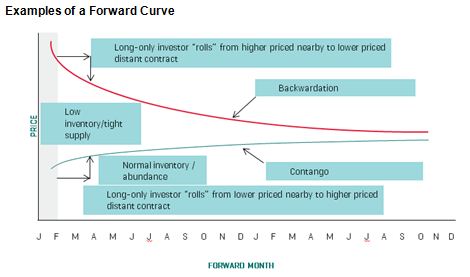This is the first of a series of posts describing how S&P Dow Jones Indices and its US Index Committee maintain the S&P 500. Future posts will cover how stocks react when added to the index, the mix of sectors and industries in the index, the Index Committee and how the index can be used to develop strategy indices.
In most years 25 to 30 stocks in the S&P 500 are replaced. Exits are often caused by mergers or acquisitions, sometimes with another company in the index. There are occasional bankruptcies and a few cases where the Index Committee removes a stock because it clearly doesn’t fit in the index. Few people ask about the exits, but everyone wants to know how the additions are selected.
Selecting a stock for the S&P 500 is not an investment recommendation; stocks are chosen so that the overall index represents and reflects the large cap segment of the US equity market.
There are guidelines for stocks for the S&P 500:
- Market cap should be $4.6 billion or more
- Stock should be liquid with at least 100% annual turnover of float shares
- U.S. company
- Public float greater than 50%
- Financially viable meaning four consecutive quarters of positive earnings under GAAP
- Contribute to the maintenance of the sector balance of the index compared to the market based on the market value of the ten GICS® sectors.
All these apply at the time a company joins the index. If a company’s market value drops from $5 billion to $4.5 billion after entering the index, it won’t be immediately kicked out. But, if over time it comes to substantially violate some of the guidelines, the Index Committee may decide that another company would be a better fit in the index. The requirement of U.S. companies is one which led to lots of discussion in recent years. There was a time when a company’s legal incorporation was the only factor determining its nationality. Today with global corporations incorporated in one country, traded in another and earning revenues and profits in all over the world, deciding the nationality, or domicile, isn’t easy. From discussions with investors and advisors, the most important factors for nationality are the stock’s primary listing, which country’s laws and which exchange’s rules govern its financial reporting, where its operations and headquarters are located and where it is incorporated. While some companies in the S&P 500 are incorporated outside the US, their primary exchange is either the NYSE or NASDAQ. All companies in the S&P 500 report to the SEC as a US company.
The basis for the size, liquidity, and public float guidelines is well understood. Part of assuring that the index represents the market is keeping the balance of sectors in the index close to the balance in the market. If the weight of one sector in the index is much less than its weight in the overall market, the Index Committee may try to adjust sector balance through the next stock chosen. However, the myth that the chosen stock is always in the same sector as the one it replaces is not true. On one hand, the existence of a few large stocks that don’t meet the guidelines means that the sector balance will never be exact while on the other sector balance will always be fairly close because the S&P 500 includes about 80% of the total market value.
Applying these guidelines to companies not currently in the S&P 500 yields a list of several candidates for the S&P 500. The selection is made by the Index Committee. In addition to sector balance, other factors considered in the selection are the event (acquisition, merger, bankruptcy, etc.) forcing the removal of a company, the size of the companies being dropped and added and announced future corporate actions. In all these decisions, the objective is to assure that the S&P 500 continues to represent the large cap US equity markets while keeping turnover and trading low.
More information about the index can be found on S&P Dow Jones web site.
The posts on this blog are opinions, not advice. Please read our Disclaimers.












































